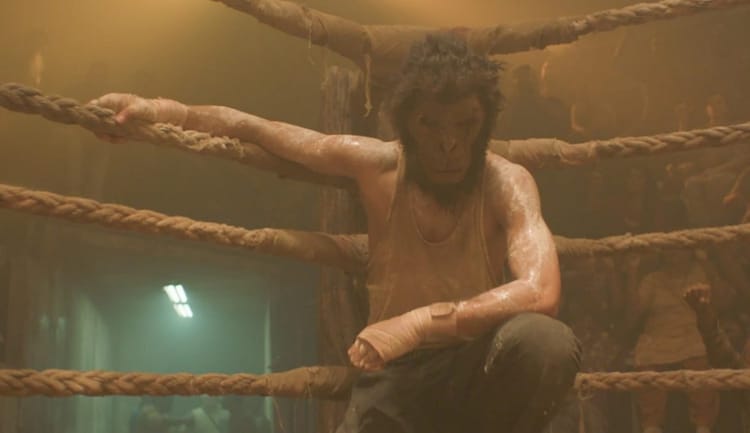Underwater
I am a huge sucker for monster movies. There is something that speaks to me about the shadows around the corner, the overwhelming sense of dread as each character gets eliminated, the steady reveal of the monster’s features: a horn, a tentacle, acidic blood, hellish spawns, a piercing cry, until eventually, we see it in its full glory, a horrific monstrosity powered purely by human suffering.
The monster survival movie is a genre into itself with its own idiosyncratic traits and story beats, most of which we have encountered before. Its familiarity gives filmmakers a set of tools that they can whip out to keep you at the edge of your seat, slowly dialling up the intensity until we finally see the monster in the light. Underwater, directed by William Eubank, may not win Best Picture or stir the heart and mind of critics, but it is a masterful monster movie that keeps the pressure up from start to finish.
Underwater takes place on a deep-sea drilling rig situated at the bottom of the ocean. It’s certainly not the first time the deep sea has been a setting in a monster movie, as the dark of the ocean holds some deep primal fear in our hearts. In many ways, the sea floor is functionally similar to outer space; intense pressure, lack of oxygen, limited gravity and manoeuvrability constraints in both environments. But in Underwater, the sea has its own hazards. Underwater understands that unlike being in a space station, the scariest thing about the water is that the deeper you go, the further you are from the surface. The entire movie feels both claustrophobic and agoraphobic, making the ocean feel both simultaneously too cramped and too open at the same time. All of this is enhanced by the suits worn by the crew, elaborate metallic shells akin to an astronauts’ spacesuit. These suits, much like other design choices in Underwater, clue us into the world without overexplaining: Colours on the suits tell us about suit functions and malfunctions, its hefty bulk a reminder of how dangerous the sea floor is, continuous static and unsteady communication show the gap between crew members despite physical proximity.
And as if the tons of pressure surrounding the crew were not enough, there’s also the movie’s monsters. Eubank and his team understand that we fear what we do not know. The monsters of this movie are only seen in drips and drabs as the crew descend, caught by a flashlight or a shrill cry piercing through water. And every time we think we understand the monster and its limits, a new feature is revealed, throwing the crew into further peril. Yet none of these reveals feel unearned or like undue escalation. Every feature of the monsters is well thought-out, foreshadowed in prior sequences, and obey the internal logic of the film’s world. All of this builds to a perfectly delivered climactic revelation that too many monster movies deliver either too early or too late. You’re never on steady feet in Underwater, each time you think you have a handle on what this movie can and will do, the sea floor cracks open a little more.
Underwater has its share of flaws, such as an uninspired prologue and epilogue that reek of last-minute studio intervention. But the performances across the board are endearing and make each death warranted, affecting, and most importantly, shocking. And try as they might to get to the surface, this crew drag us with them, deeper and deeper, away from the light.




